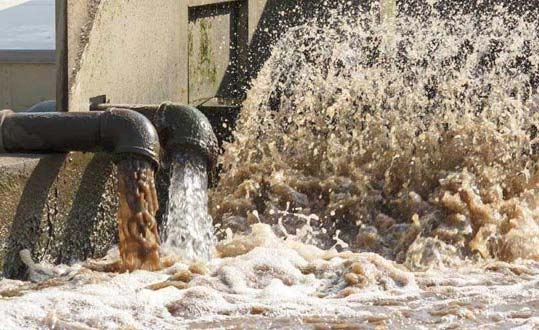Prof. Sivamohan Marepalli
Public health and economic development are strained by polluted water stress retarding the growth process. For a long time cities in India shied away from treatment and treated waste water use. Even in places waste water is treated in Hyderabad, for example, there are not enough takers for the treated water. The dreams of “Swachh Bharat” bear fruits only when water is available in urban toilets constructed as integral part of the project and the waste water generated is treated and reused or disposed off in a sustainable fashion. In addition to the use of segregating municipal solid waste away from the water systems is necessary.
Polluting surface water resources
Rapid urbanisation associated with unplanned growth and concentration of economic activities in cities like Hyderabad has been going on for the past three decades. In Hyderabad the annual ground water pumping is higher than the recharge resulting in shallow aquifers’ depleting. Improper management of sewage and nitrate pollution of ground water is rampant. Discharge of untreated sewage into water bodies both surface and ground water is said to be responsible for polluting three-fourth of surface water resources. About 80 % the surface water resources are thus polluted in India.
The case of Bellandu lake
A typical example in this regard was reported by ‘Mirror’ in Bengaluru in the year 2017. Bellandur lake in the suburbs of Bengaluru was the lifeline for surrounding areas till it became a sewage outlet and ultimately a sewage tank. Every time it rains it overflows to drain roads and vehicles that pass by; and the lake bed catches fire on other days. The National Green Tribunal took up the case suo motto after one such fire incident. However, the government of Karnataka decided to appeal before NGT with alternative proposals as the tasks involved were high! This is not an isolated example. Every city in the country has one story or the other to offer. The recent flood havoc in Hyderabad also threw up several instances of polluted water bodies daunting the life of dwellers in their vicinities.
Constructing toilets alone is not enough
Sanitation cannot be achieved by construction of toilets alone but by constructing a new ingrastructure for treatment of sewerage with uupgraded technologies and making award of the public of its importance. The most important step is to ensure the implementing machinery both men and material function apply.
Treatment capacity offset by growing urbanisation
Like in other cities, Hyderabad water supply and sewerage Board offers treated domestic water from its sewage treatment plants for non-potable uses – real estate sector, horticulture and the like. Earlier the treated effluent was diverted into Musi river which farmers have been lifting for irrigation purpose. However, the BoD, faecal coliforan of DO of river water do not conform even now in the flows downstream of the city. The treatment capacity has always been offset by increased rate of urbanization of our cities and more so in cities fast expanding like that of the twin cities of Secunderabad and Hyderabad.
No focus on treatment of polluted water
Abundant institutional and legal regime is available for control of water pollution in India. Yet, there is acute dearth for an adequate policy to promote pollution prevention or treatment of polluted water ether by centre or State governments. Further, strict enforcement of rules and regulations and imposition of penalties for erring parties is not sufficient enough.




